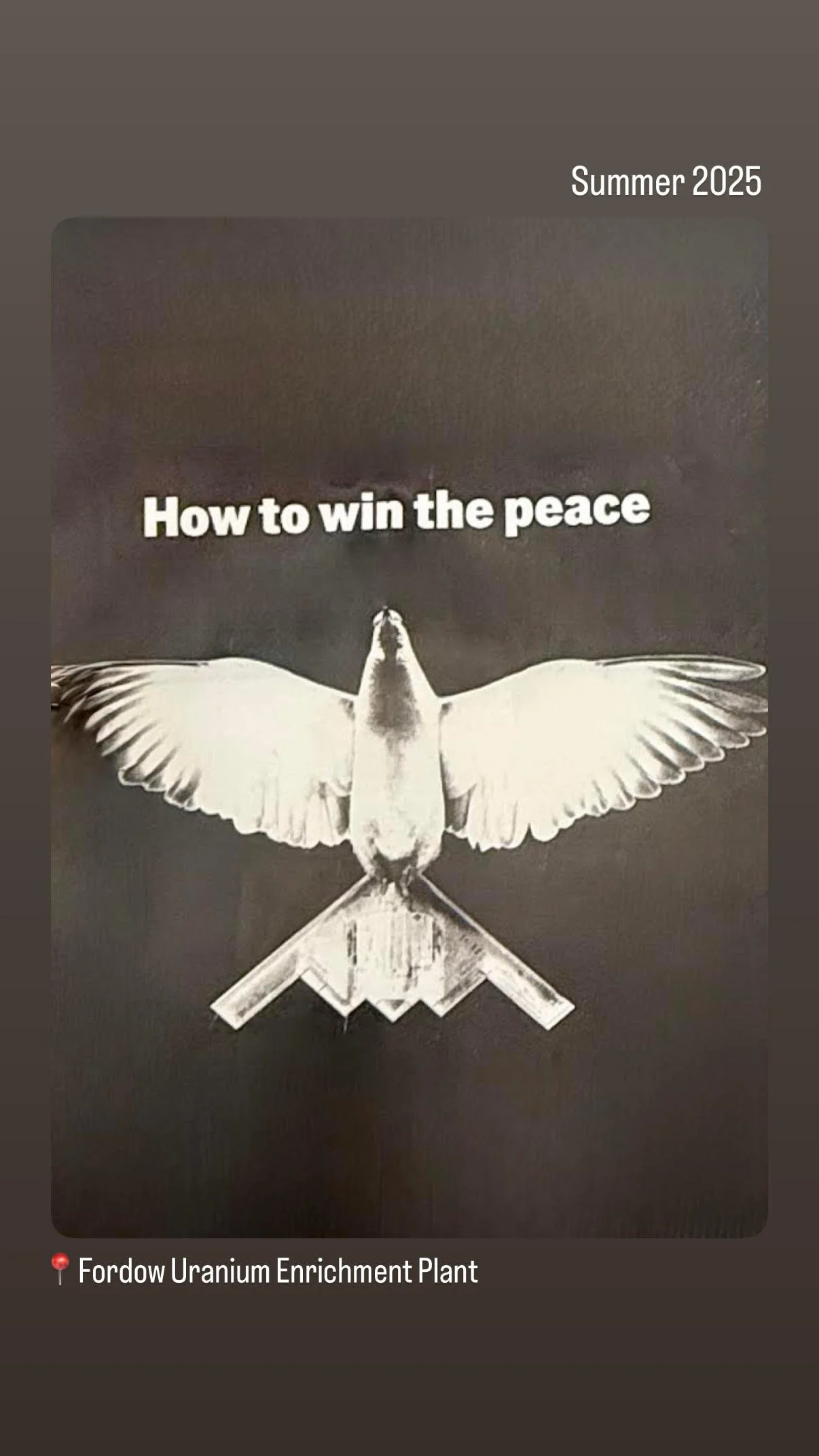Phased Research & Engagement: Renewable Energy Parks & Community-Led Microgrids
Phase 1: Exploration & Mapping
Conduct energy justice mapping to identify underserved or energy-insecure communities, ensuring equitable prioritization.
Map traditional ecological knowledge related to land use and seasonal energy rhythms to ground projects in local culture.
Assess potential sites near ecological sanctuaries, wildlife corridors, and safari parks for conservation synergy.
Evaluate community energy needs, local skills, and existing infrastructure.
Engagement opportunities:
Fund energy justice research and cultural knowledge documentation.
Volunteer as energy assessors, community liaisons, or data collectors.
Phase 2: Prototyping & Co-Design
Develop pilot renewable energy microgrids integrating solar, wind, and biogas technologies with wildlife-friendly fencing, low-impact siting, and habitat-sensitive design.
Co-design community-led governance models incorporating energy cooperatives and land trusts to ensure long-term equity and stewardship.
Pilot educational programs linking energy literacy with wildlife and land conservation values.
Engagement opportunities:
Support technology prototyping and community engagement.
Partner with local energy experts, conservationists, and educators.
Phase 3: Implementation & Scaling
Deploy renewable energy parks with integrated ecological sanctuaries and community microgrids featuring shared revenue models, local maintenance teams, and democratic decision-making.
Expand cross-sector partnerships with agriculture, tourism, and education sectors to enhance integration and scaling.
Advocate for policies and incentives that link clean energy development with biodiversity protection.
Engagement opportunities:
Fund infrastructure development and community capacity building.
Engage in policy advocacy and cooperative governance support.
Phase 4: Monitoring & Evolution
Monitor energy production, community access, and biodiversity indicators—including species migration, pollinator activity, and habitat connectivity—to assess ecological and social impact.
Use living dashboards or open-source data platforms for transparent monitoring and shared learning.
Adapt energy systems and governance models based on feedback and environmental changes.
Engagement opportunities:
Participate in impact monitoring, data management, and adaptive governance.
Help curate knowledge exchange forums and community energy networks.
Additional Engagement Opportunities
Deploy mobile energy labs and traveling workshops to build technical capacity in remote communities.
Foster artist–scientist collaborations to visualize energy–ecology relationships and inspire public engagement.
Support fellowships for youth energy stewards and community conservation leaders.
Engage diaspora professionals as mentors, funders, and advocates.
